aqua-alkal aquarium water pH value
د.إ 15.00
Brand: Tropical
Origin: Poland
Type: AQUA-ALKAL
Description: Preparation for raising the aquarium water pH value in common and breeding tanks.
Weight: 50ml
aqua-alkal aquarium water pH value
Aqua-Alkal PH Plus – raising PH
AQUA-ALKAL pH PLUS preparation for raising the aquarium water pH value. Preparation for raising the aquarium water pH value in common and breeding tanks. Alkaline water is typical for many biotopes inhabited by popular aquarium fish, e.g.: Malawi cichlids of the mbuna group, tropheus from Lake Tanganyika, cichlids from Central America etc.
Maintaining high pH level is obligatory in case of many species of fish. It helps keep them in good health and condition, intensifies their coloration, allows them to spawn and lay eggs.
AQUA-ALKAL pH PLUS prevents drops of water pH value, which are the result of natural processes taking place in the tank. Applying the preparation directly into the tank, it is recommended to monitor pH levels with a proper aquarium test. Daily pH changes should not be higher than 0,2 pH. Note that the safest solution is preparing the water intended for change outside the tank and then gradually adding it to the aquarium.
Together with this preparation we recommend: Test 6in1, Test pH 4,5-9,5, Test pH 6,0-7,8, Test GH/KH
aqua-alkal aquarium water pH value
Raising the pH value of aquarium water can be necessary in certain situations, especially if you’re keeping fish or plants that prefer higher pH levels. Here are several methods you can use to raise the pH in your aquarium:
- Crushed Coral or Limestone: Adding crushed coral or limestone to your aquarium can help raise the pH naturally. These substrates slowly release calcium carbonate into the water, which acts as a buffer and raises the pH.
- Buffering Products: Commercial buffering products are available specifically designed to raise and stabilize pH levels in aquariums. These products typically contain substances like carbonate or bicarbonate salts, which act as pH buffers. Follow the manufacturer’s instructions for dosing and monitoring pH levels.
- Baking Soda (Sodium Bicarbonate): Baking soda can be used to raise the pH of aquarium water, as it contains sodium bicarbonate, a compound that increases alkalinity. However, it’s essential to use baking soda sparingly and monitor pH closely, as it can cause pH fluctuations if overdosed.
- Water Changes with High pH Water: If your tap water has a higher pH than your aquarium water, performing regular water changes using this water can help raise the pH gradually over time. Be sure to use a water conditioner to remove chlorine and chloramine from the tap water before adding it to the aquarium.
- Aeration and Surface Agitation: Increasing aeration and surface agitation in your aquarium can help raise pH by promoting gas exchange between the water and the atmosphere. Oxygen-rich water tends to have a higher pH than stagnant water, so using air stones, powerheads, or surface skimmers can help increase pH levels.
- Avoid Adding Acidic Substances: To maintain a higher pH in your aquarium, avoid adding acidic substances like driftwood, peat moss, or acidic fertilizers, as these can lower pH levels over time.
When adjusting pH in your aquarium, it’s essential to do so gradually and monitor pH levels closely to avoid sudden fluctuations, which can stress or harm your fish. Additionally, be mindful of the specific pH requirements of the fish and plants in your aquarium and adjust accordingly to create a suitable environment for them.
Be the first to review “aqua-alkal aquarium water pH value” Cancel reply
Related products
Aquarium Care
Aquarium Care
Aquarium Care

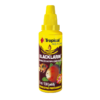

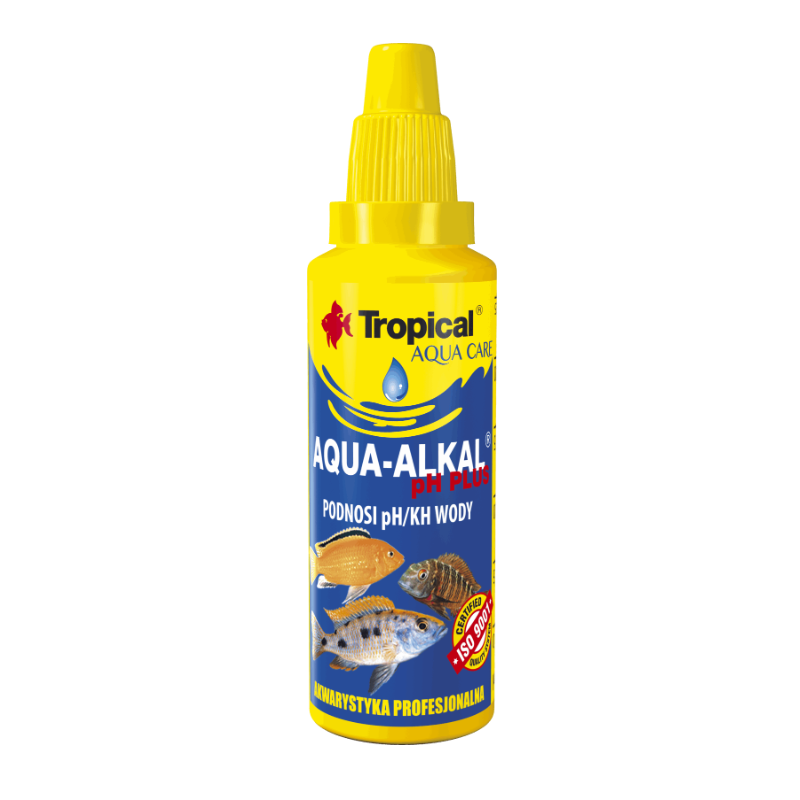
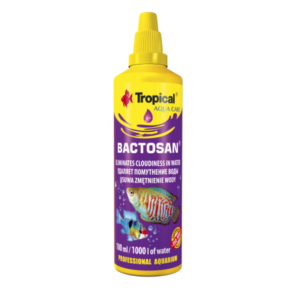
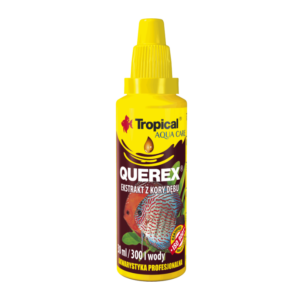
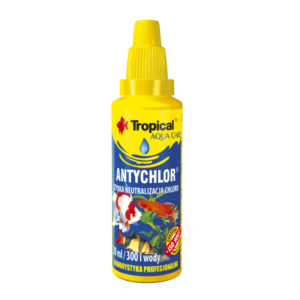
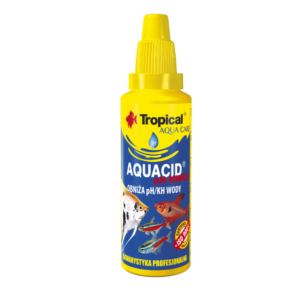
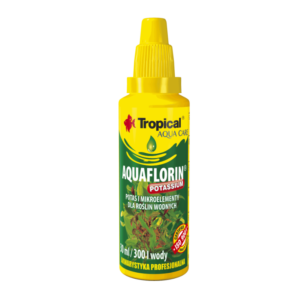
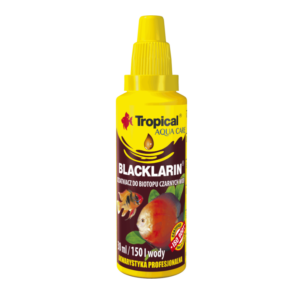
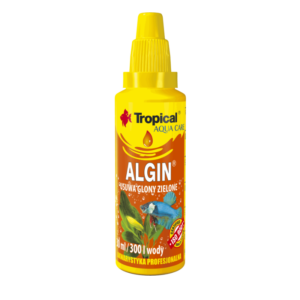
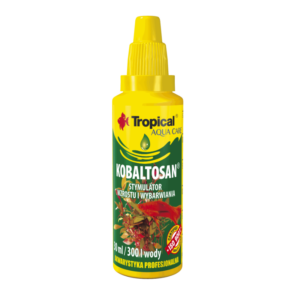
Reviews
There are no reviews yet.